The US Treasury Department this week called on the G7 to tighten controls on Russian oil trade as the number of ships carrying the commodity increases.
On December 6, the US news site Axios quoted a statement from US Deputy Treasury Secretary Wally Adeyemo to his G7 counterparts: "Russia has invested in new transport capacity, operating without the services of the G7 and Australia. This helps them export more crude oil at prices above the ceiling. We need to adjust our approach to adapt to the new situation."
Last year, the G7 and European countries imposed a price cap on Russian seaborne oil exports, prohibiting shipping companies and insurers in member countries from providing services for Russian oil exports if the price exceeds $60 a barrel. A similar ban will be imposed on Russian oil products from February 2023. The measures are aimed at squeezing Moscow’s oil revenues.
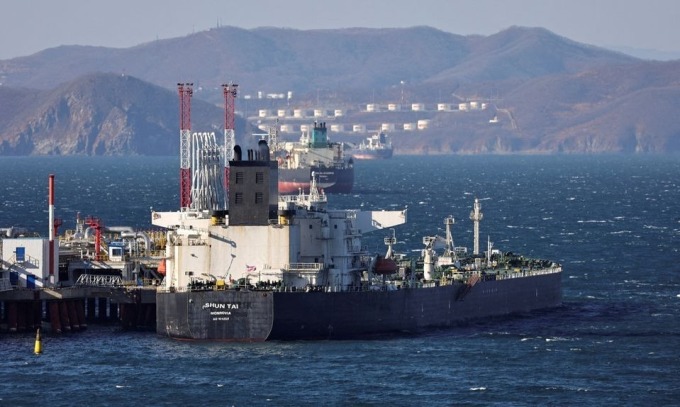
An oil tanker at the port of Kozmino (Russia) in December 2022. Photo: Reuters
When the ban was imposed, most of the vessels involved were Western. If oil prices then exceeded $60, the sanctions would have a serious impact on Russian exports.
However, Russian oil prices did not exceed that level until July this year, meaning Russian traders, shippers and oil companies had months to prepare for the sanctions.
Traders have also been actively collecting old tankers for shipping in recent months. Many other tankers are registered in countries that have not imposed sanctions on Russia.
Russian crude oil prices on international markets rose to nearly $80 a barrel in September and October, partly due to the presence of these tankers, according to a report by the Russian Ministry of Finance. A recent report by the Atlantic Council found that about 70% of Russian oil is now transported by “underground tankers” – vessels with unclear ownership and insurance information. In January 2022, that proportion was less than 30%.
Axios reports that in recent weeks, countries have begun tightening controls on Russian oil exports. Sanctions have been imposed on Russian tankers, which is believed to be a key part of what Adeyemo calls phase two of the price cap.
“We must reduce Russia’s profits through two channels: strengthening the price cap on Russian oil trade and increasing Russia’s costs of circumventing this policy,” the US Treasury undersecretary wrote.
Recently, many Western officials have also admitted that the price ceiling is not working effectively, because Moscow is still selling oil at above $60 and oil export revenue is still higher than expected.
Ha Thu (according to RT)
Source link






























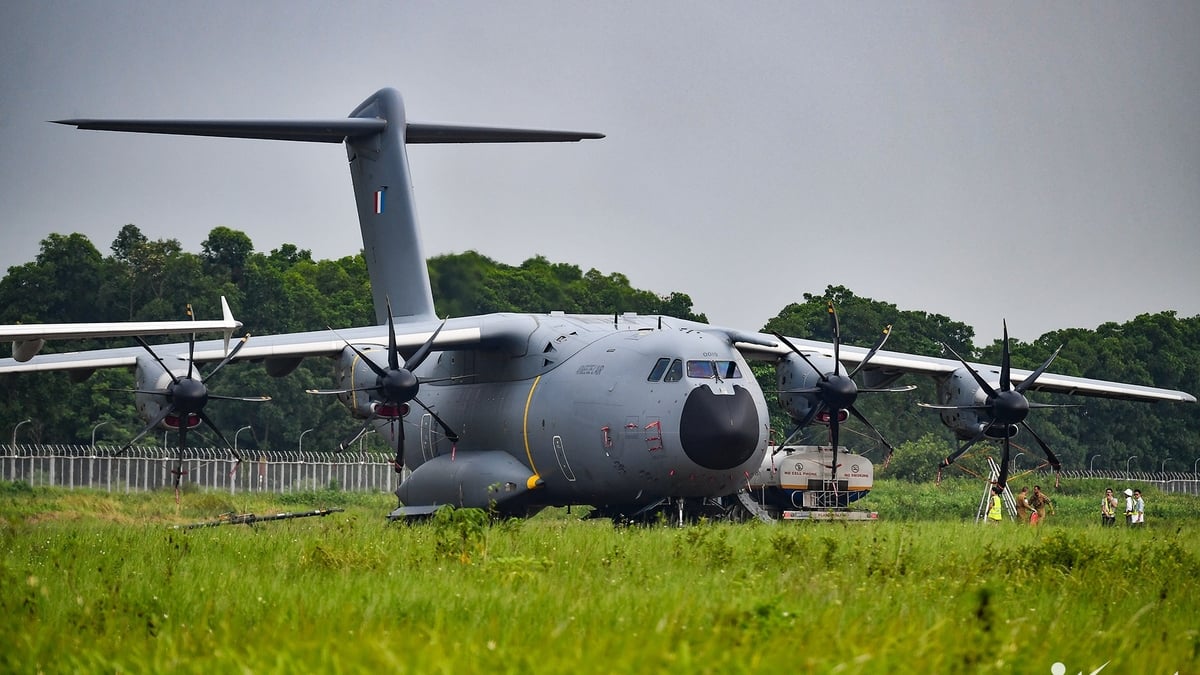














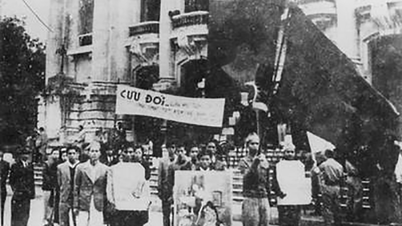














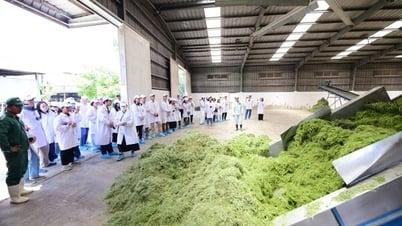








![[Photo] National Assembly Chairman Tran Thanh Man receives Chairman of Morocco-Vietnam Friendship Association](https://vphoto.vietnam.vn/thumb/402x226/vietnam/resource/IMAGE/2025/7/26/b5fb486562044db9a5e95efb6dc6a263)
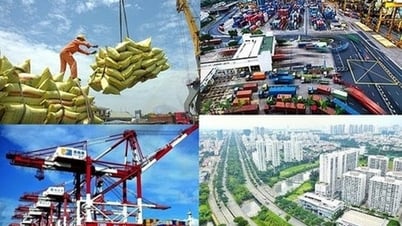




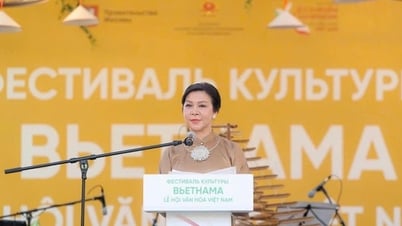



























Comment (0)